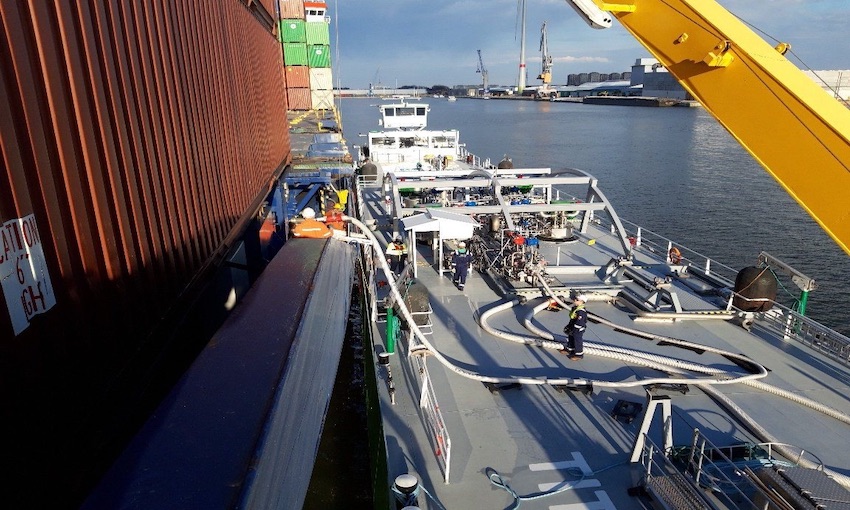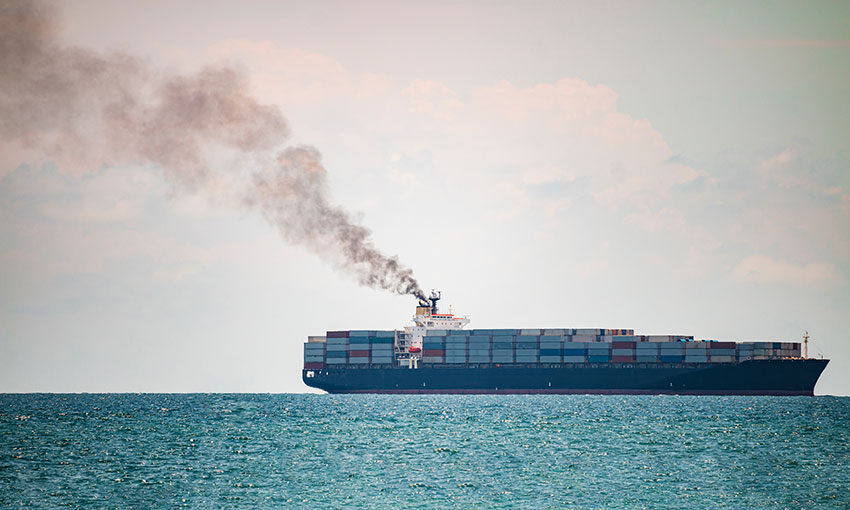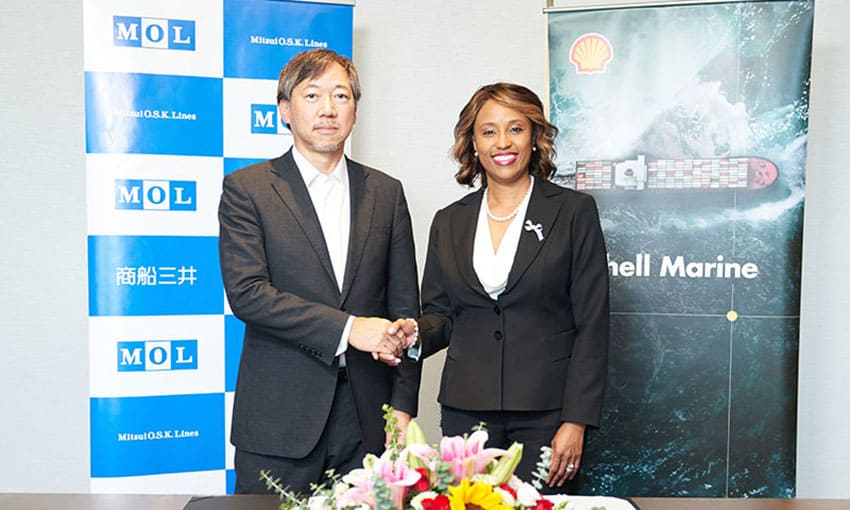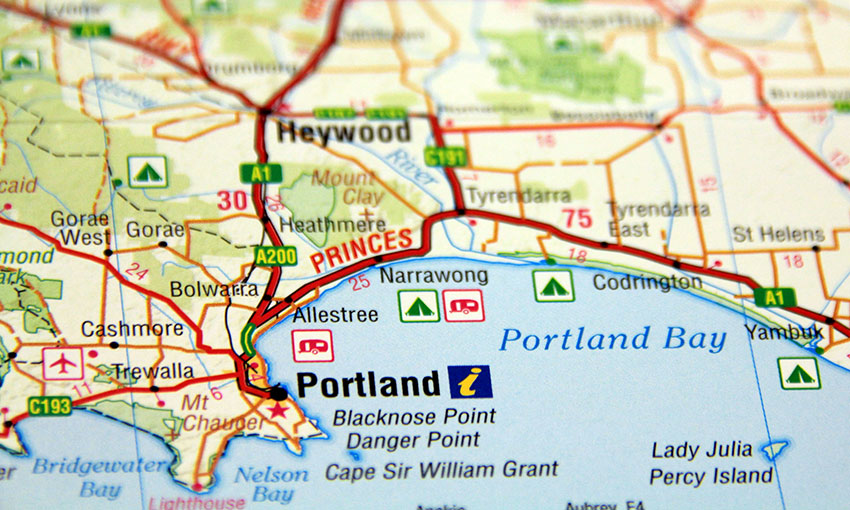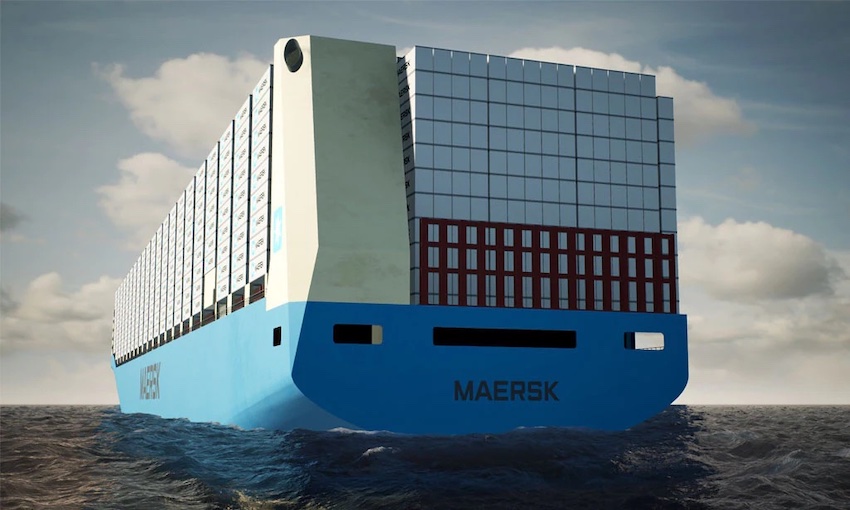THE International Association of Ports and Harbors (IAPH) and The Society for Gas as a Marine Fuel have signed an agreement to share expertise on the safe, effective, sustainable supply and use of all gases as marine fuel.
In particular, the potential use of ammonia will be investigated from source to ship with all related safety, operational and sustainability considerations.
The agreement effectively brings together the principal technical stakeholders needed to accelerate the adoption of alternative liquefied gas fuels at ports. The SGMF has amongst its stable energy majors, gas suppliers, equipment manufacturers, technology providers, classification societies, shipyards, shipowners and operators. The IAPH brings together the world’s principal port authorities and terminal operators.
Mark Bell, general manager and COO of the SGMF said, “Safety is the prevalent factor and as the industry transitions towards an inevitable low carbon future, at SGMF we are looking forward to working with IAPH’s experts from ports, many of whom are either already operational or who are in the process of implementing infrastructure that provides alternative fuels to vessels”.
IAPH technical director Antonis Michail said, “It is our belief that ports may serve as the key link between the land-based fuel producers and the sea-based fuel consumers, as well as the link between fuel production and other non-shipping fuel consumers.
“Ports have the potential to act as energy hubs as a cheaper and safer alternative than storing it elsewhere. SGMF members with their technical competences have the potential to help us make that happen.”
More than a decade of know-how handling LNG will now also be applied to new alternative fuels such as ammonia, hydrogen and methanol. This has become a major focus of the IAPH Clean Marine Fuels (CMF) Working Group.
Policy advisor to the Port of Amsterdam and chair of the CMF Peter Alkema said, “Our working group is busy developing a generic audit tool as well as truck-to-ship and ship-to-ship bunker checklists for liquified gases, so being able to tap into the pool of experts from the SGMF will be extremely useful.
“As an example, a recent study by the Port of Amsterdam and DNV concluded that special safety considerations are especially important when considering the deployment of bunkering infrastructure for ammonia at ports. How to handle these issues will be for all stakeholders, not just the ports.”
SGMF has proposed to include some of the IAPH CMF tools in an updated version of its own LNG Bunkering Safety Guidelines, which will be published in early December.

